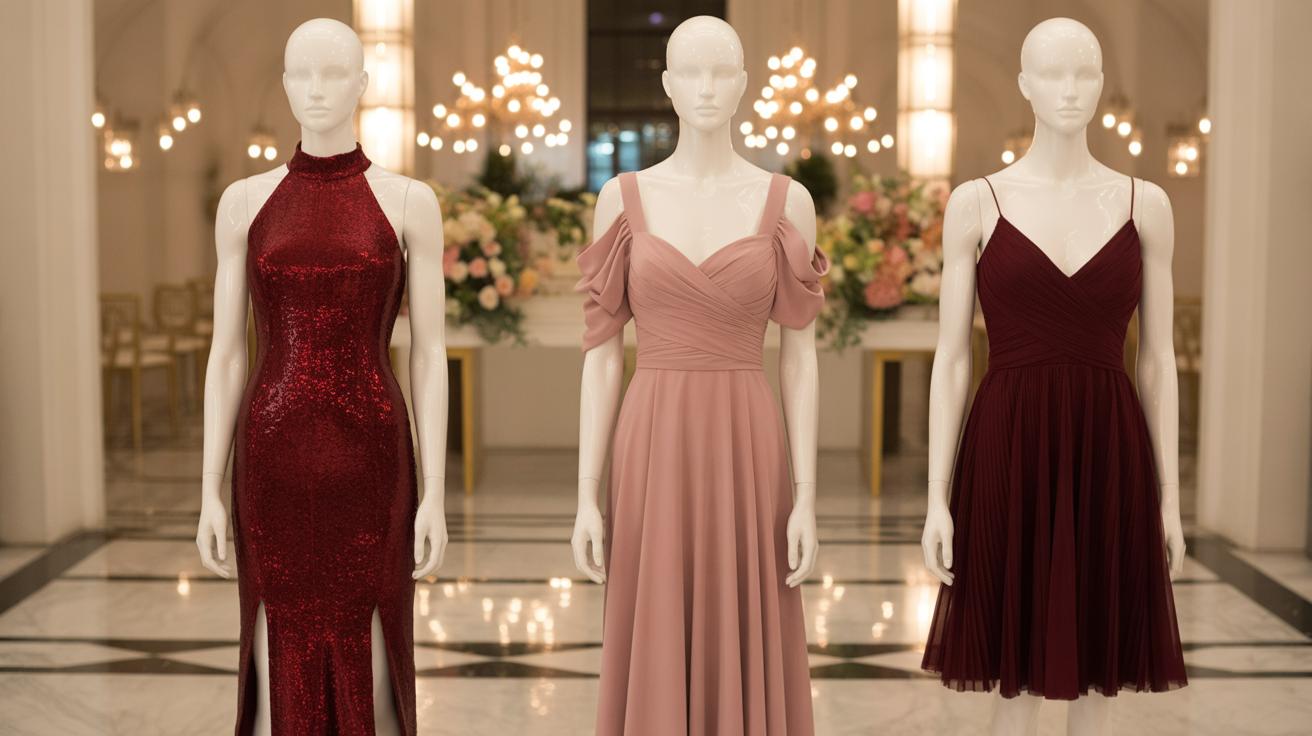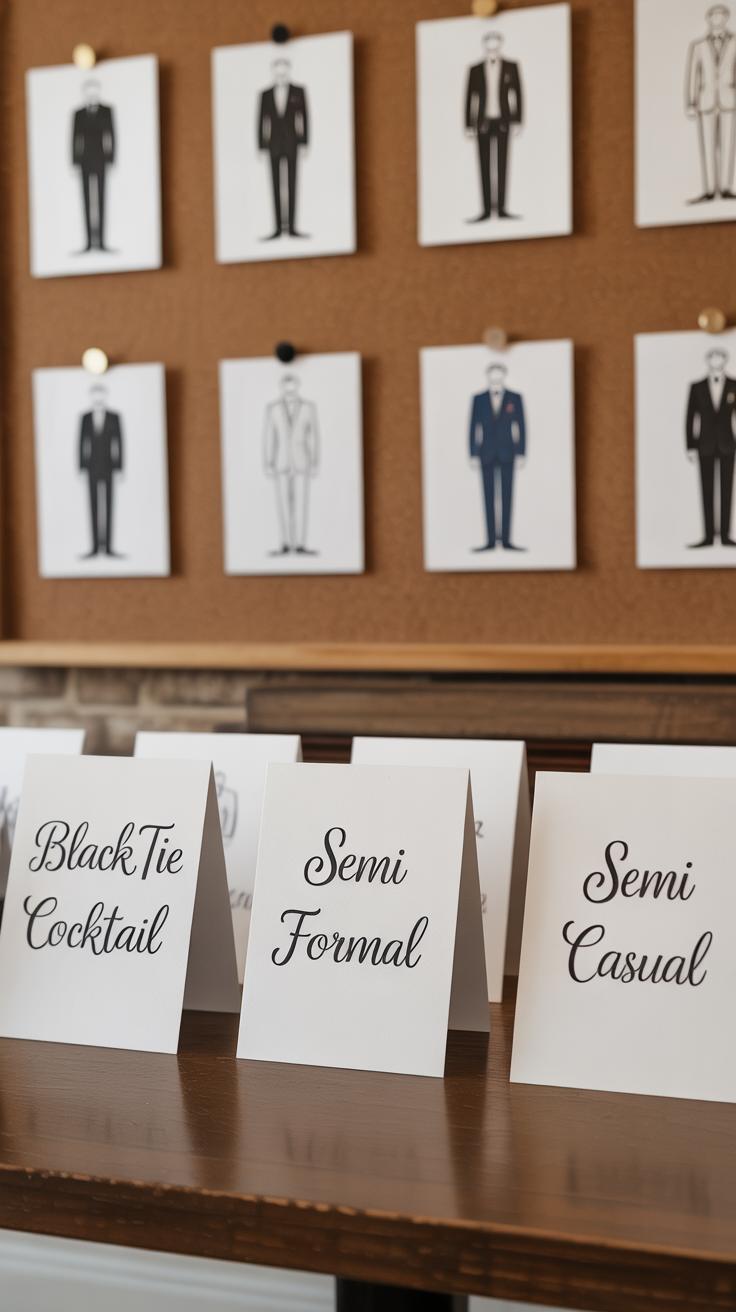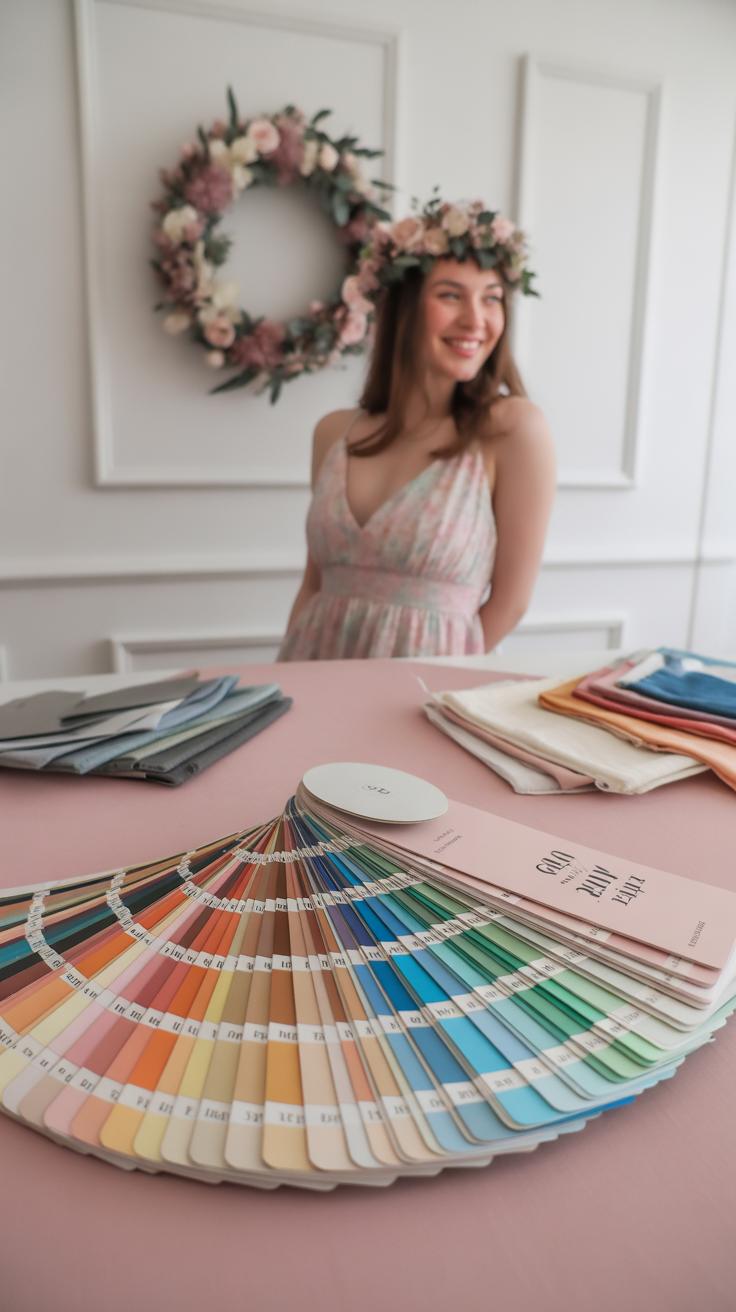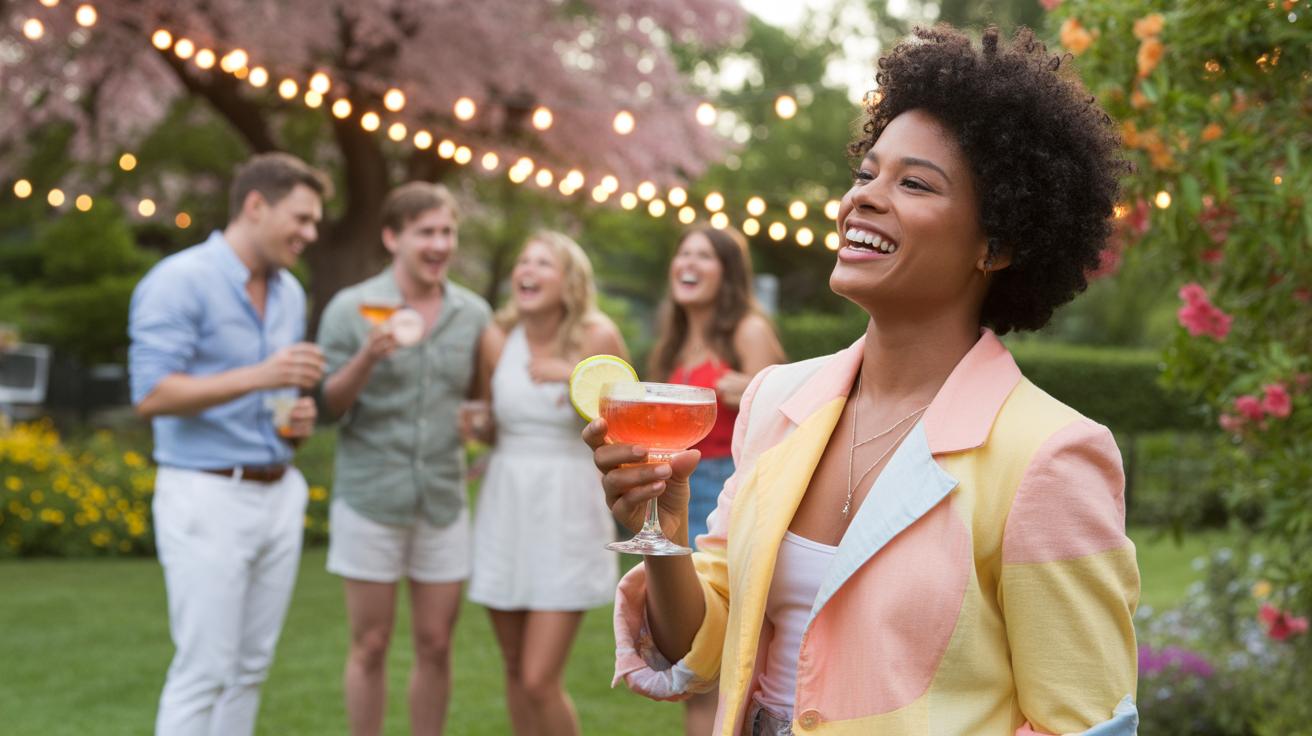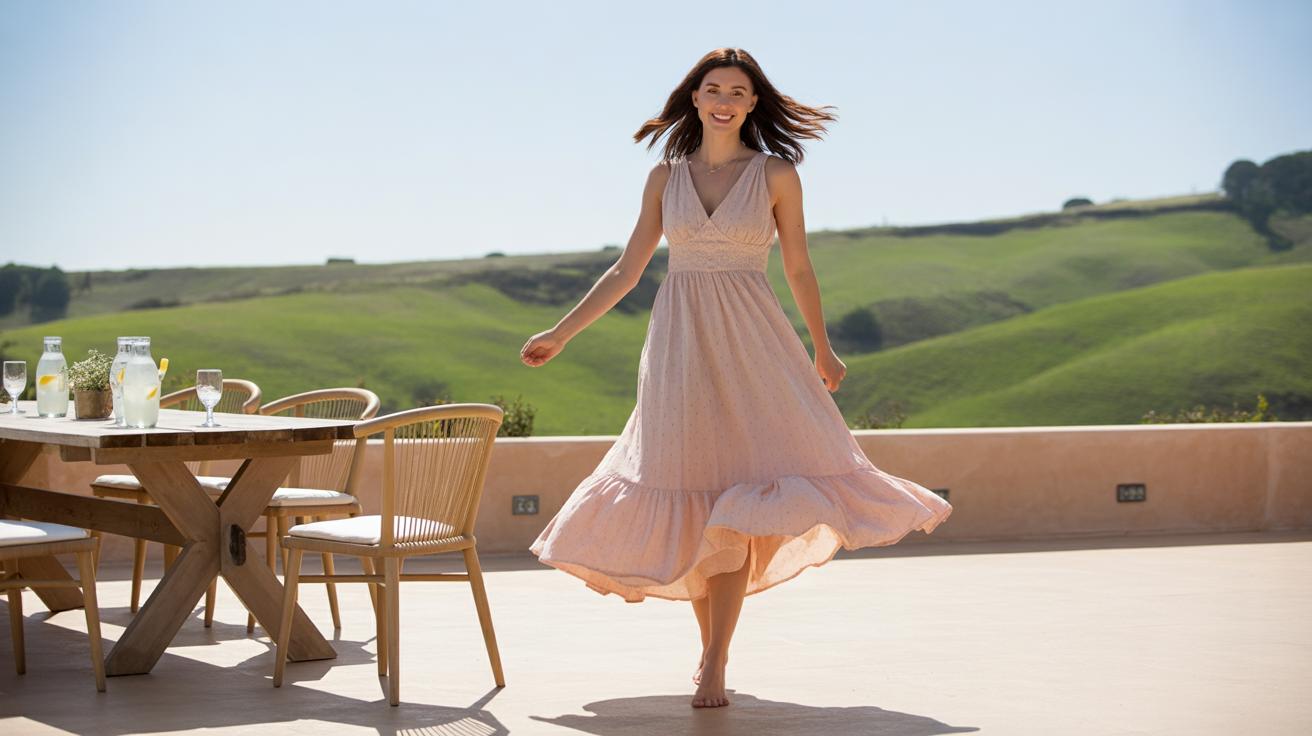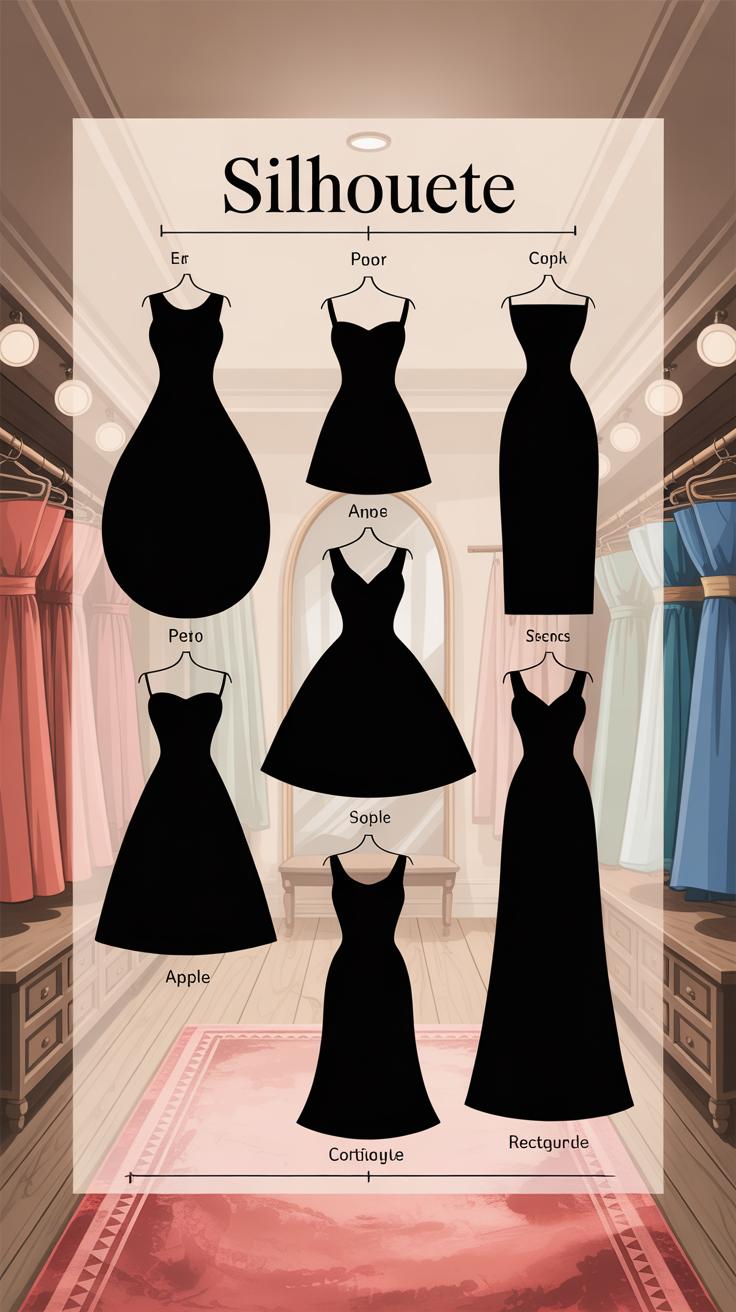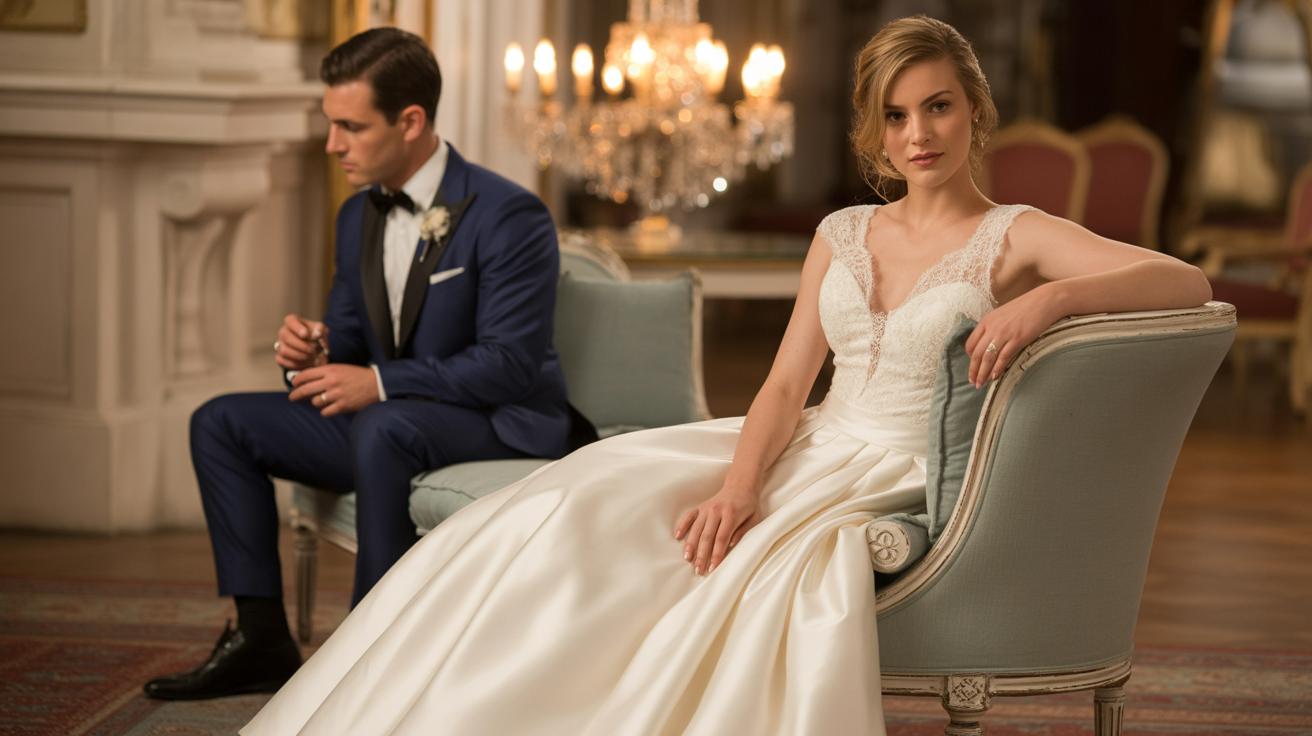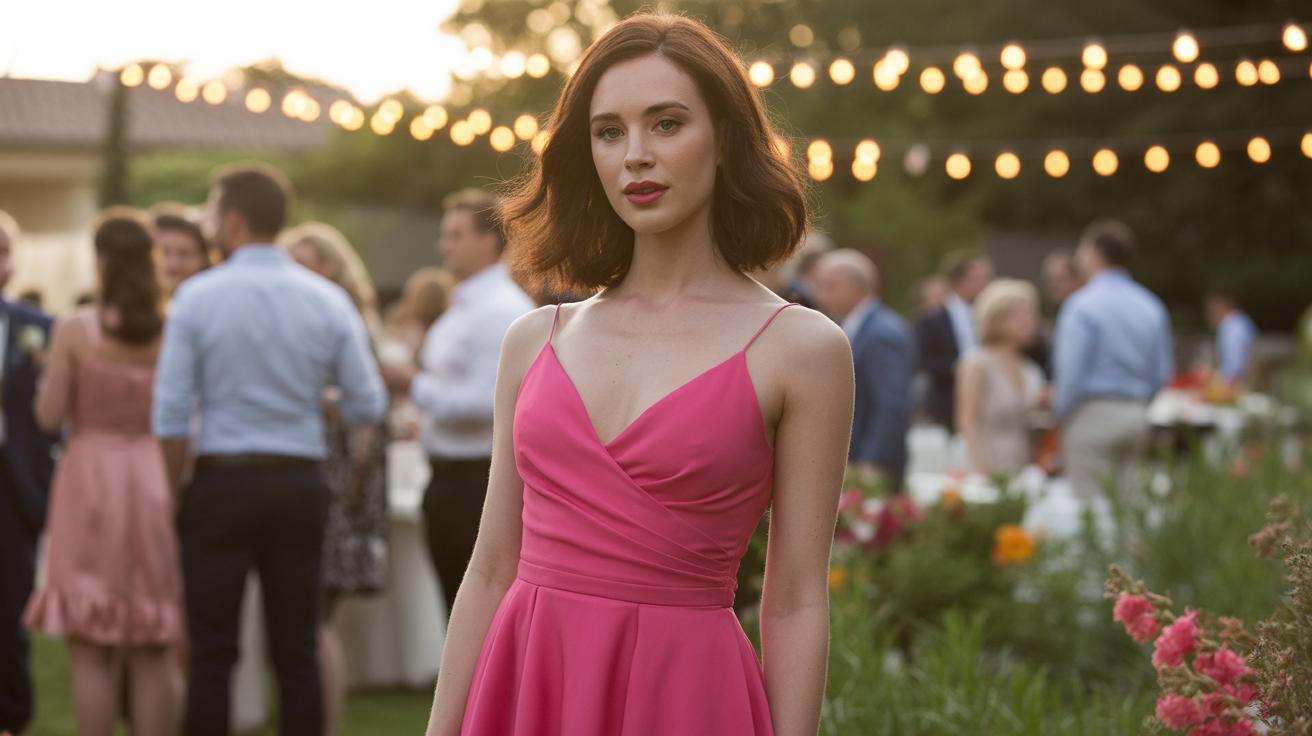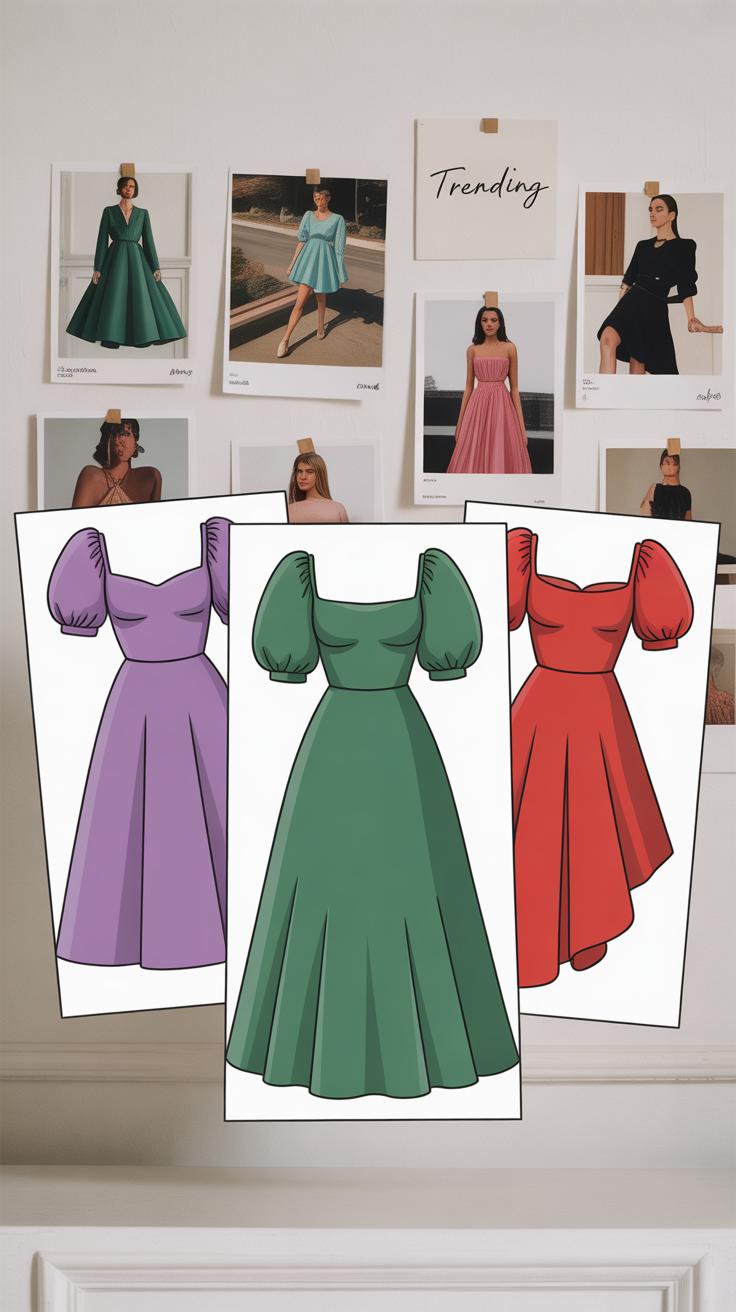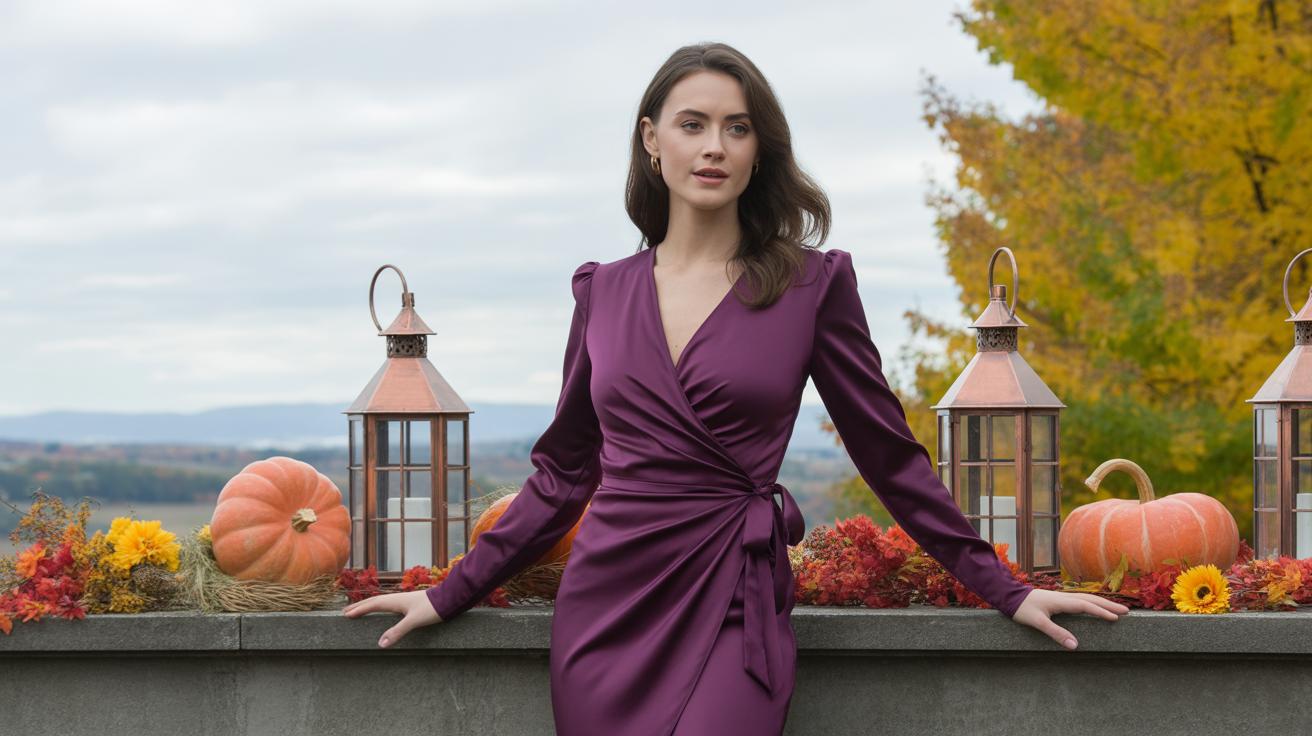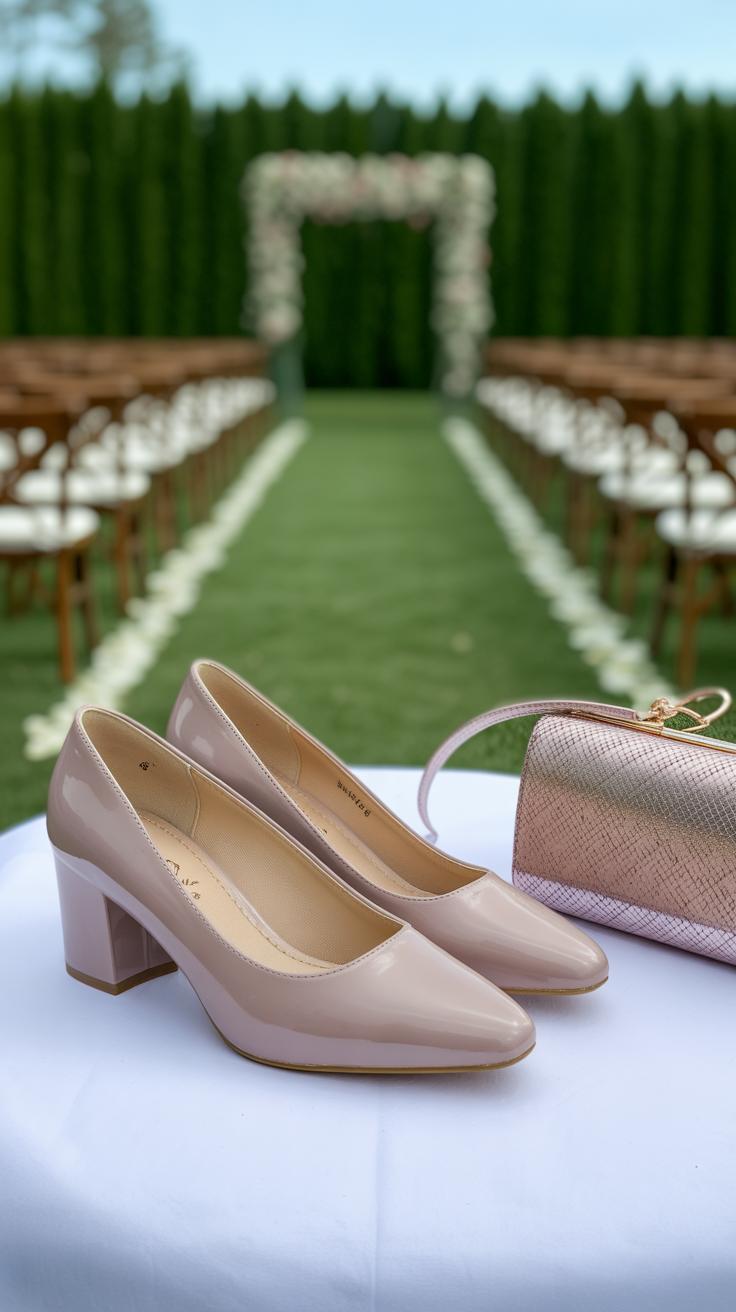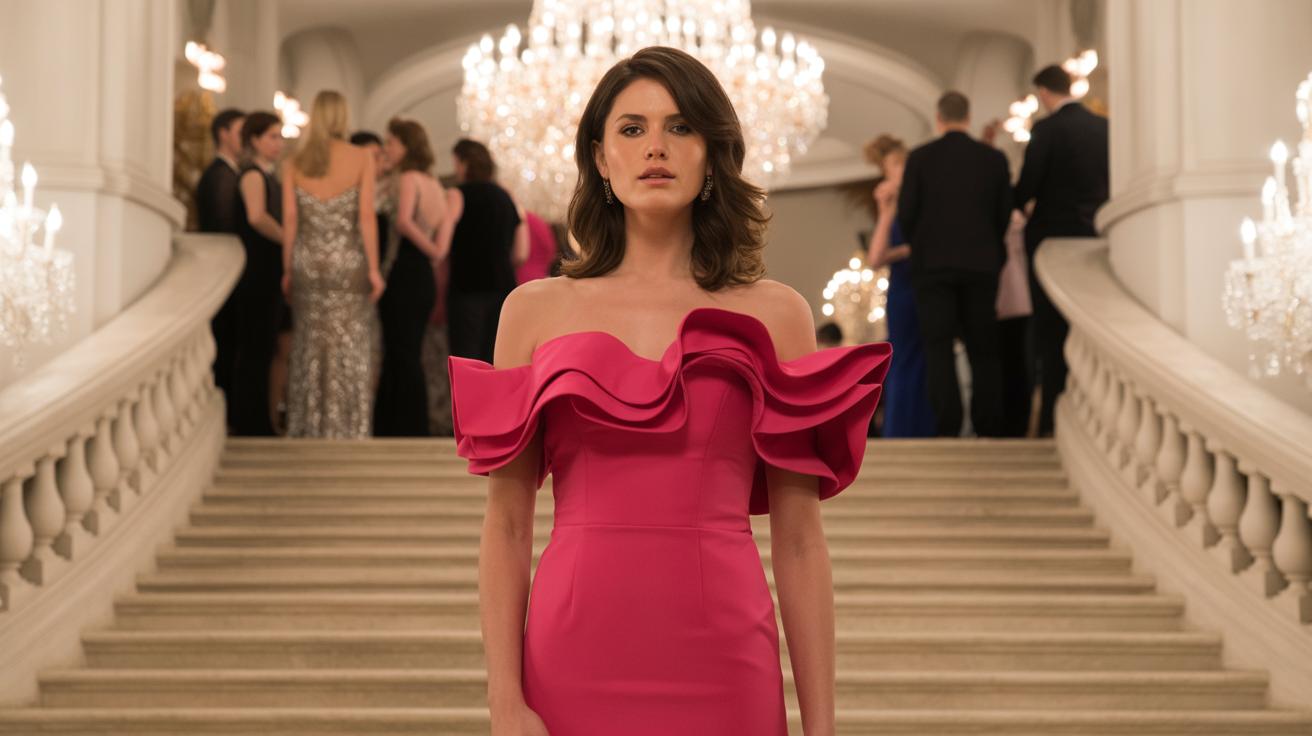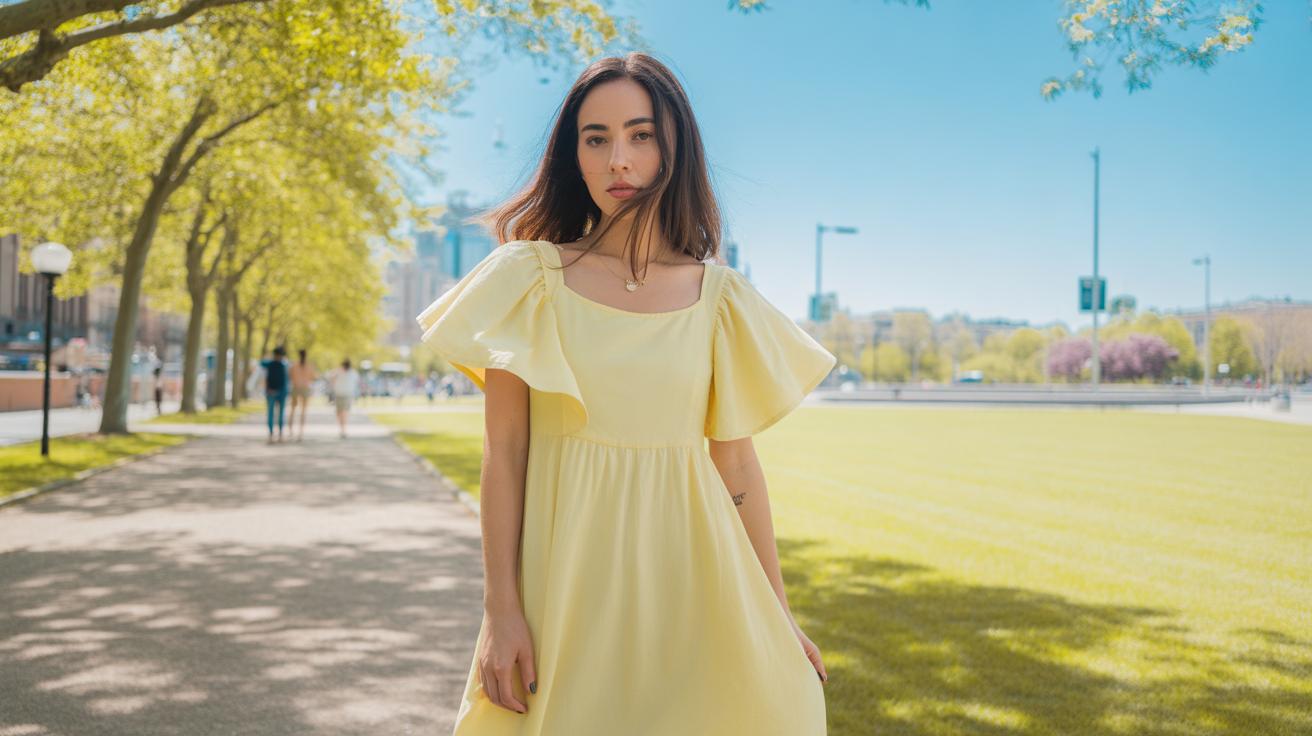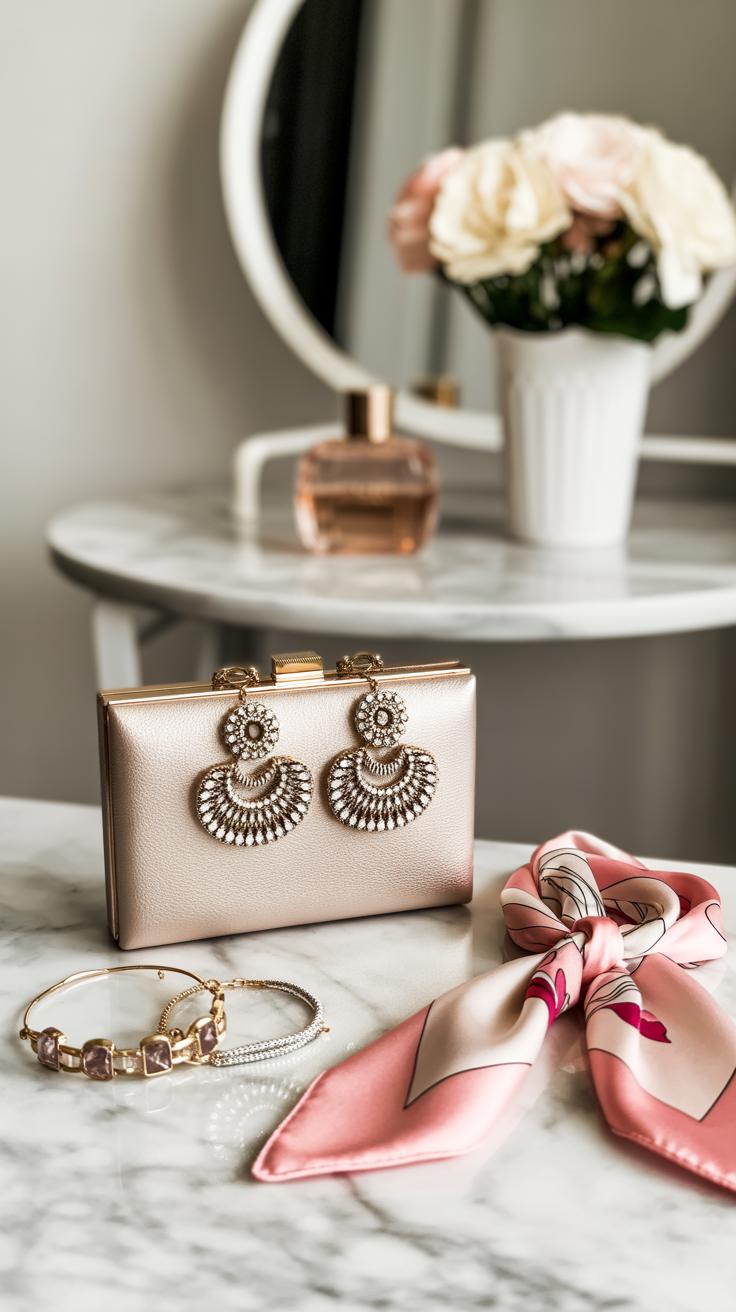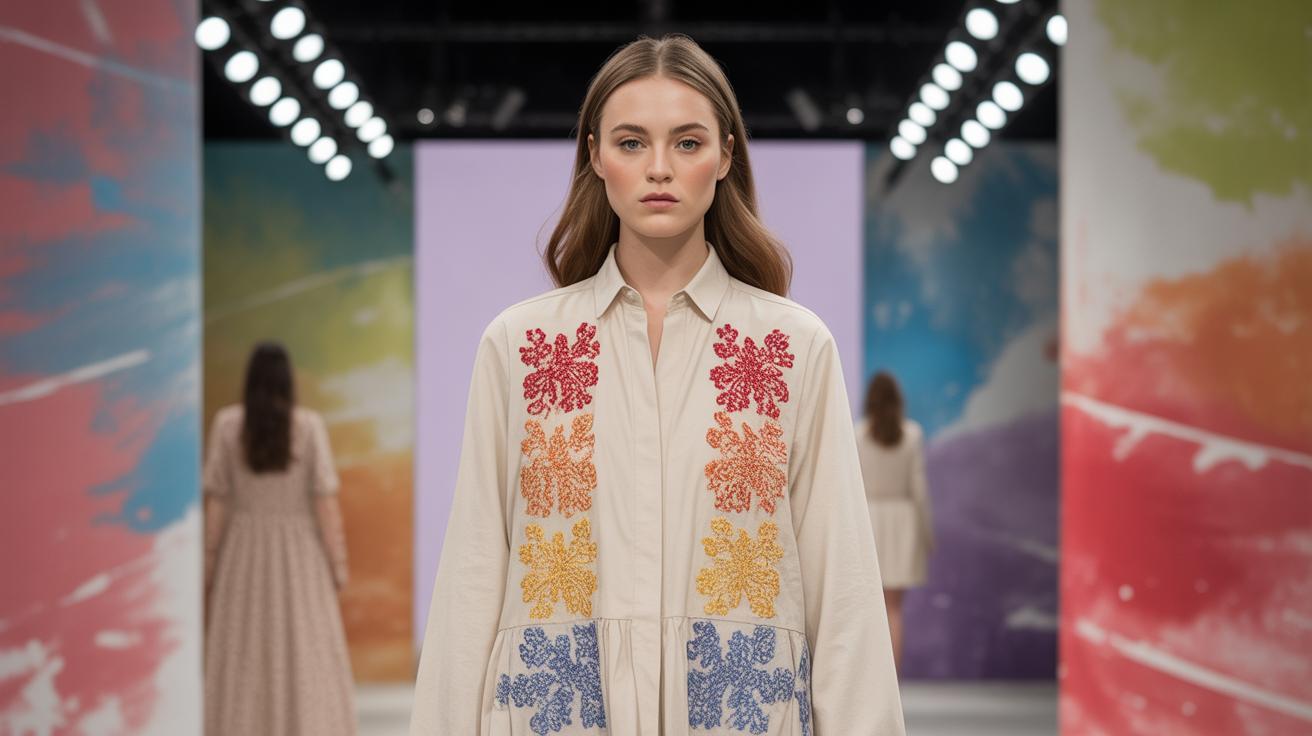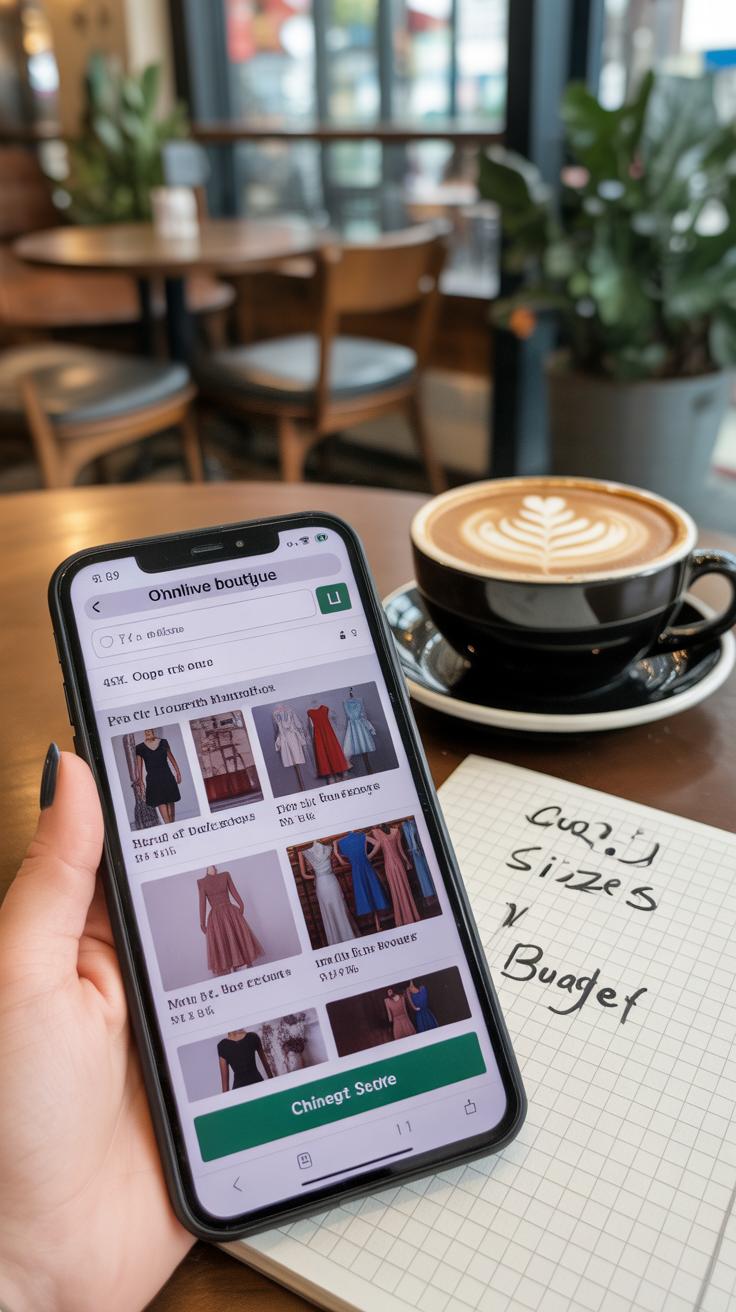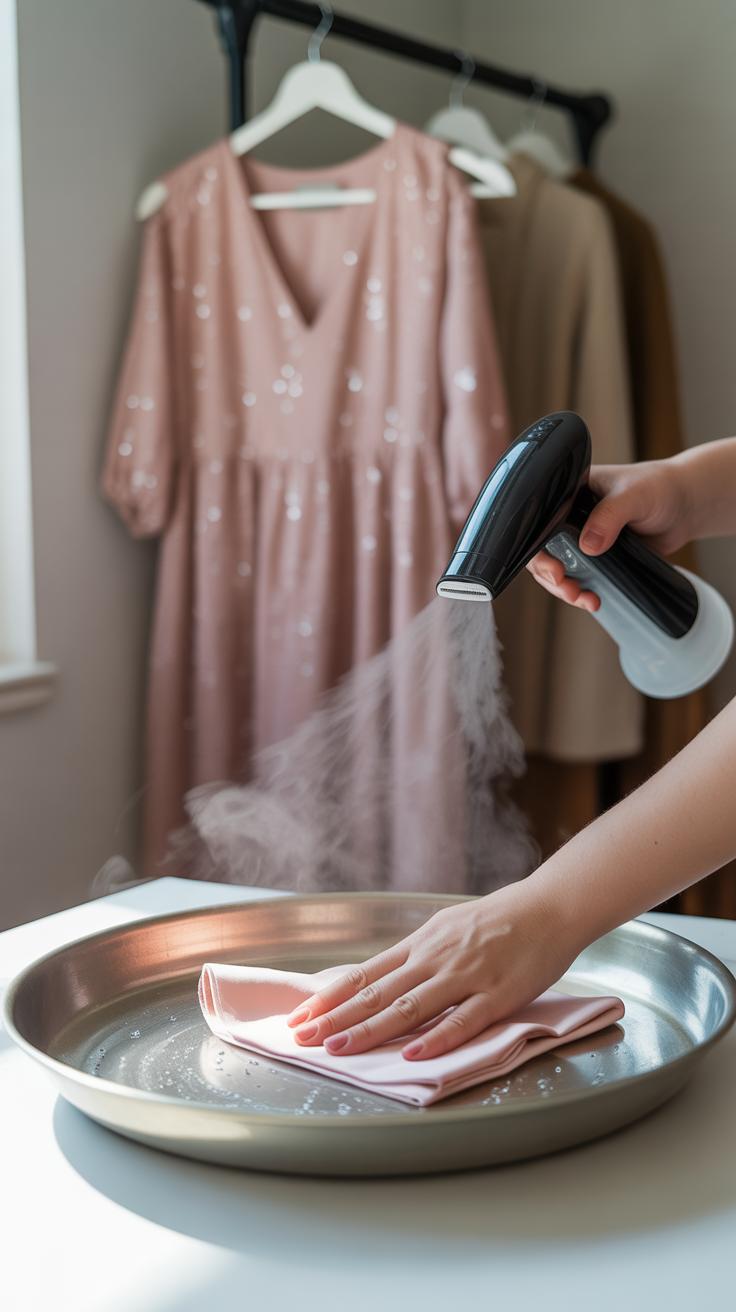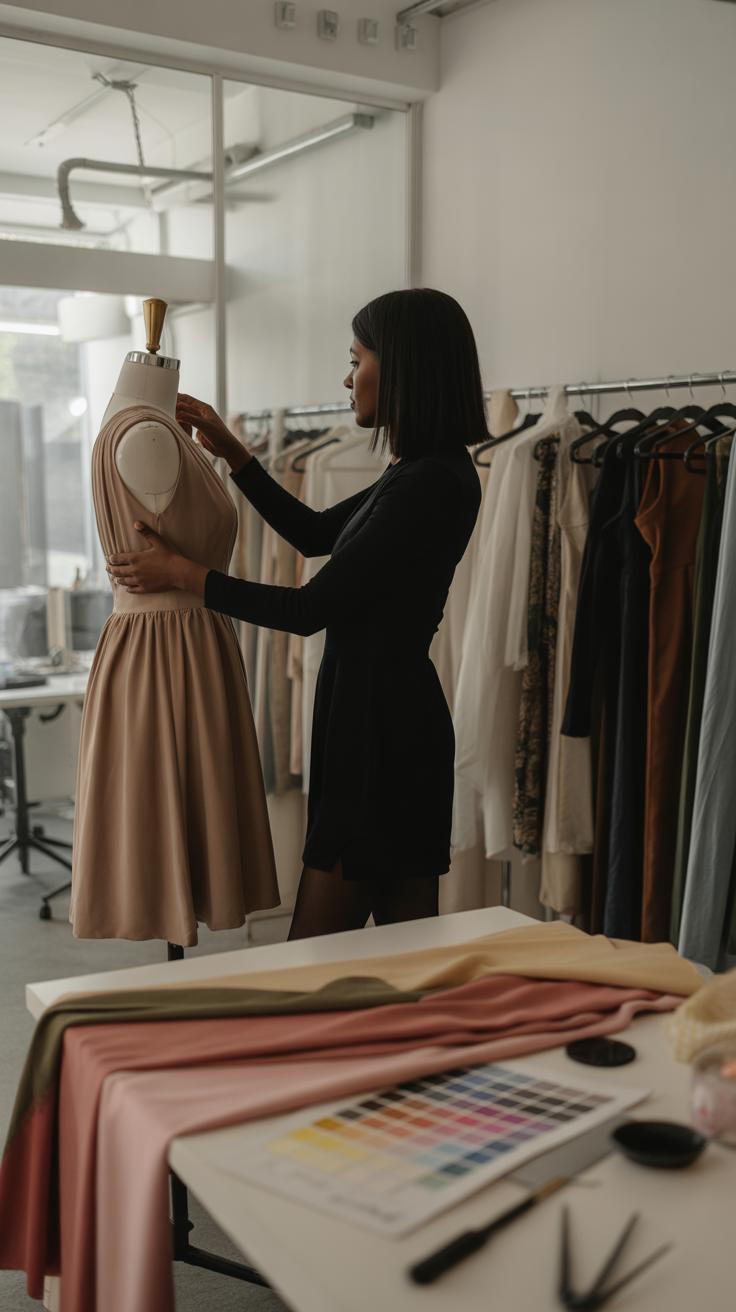Introduction
Choosing the right dress for a wedding can feel challenging. You want to look your best, while respecting the occasion and the couple’s special day. The perfect wedding guest dress strikes a balance between style, comfort, and appropriateness. Colors, fabrics, and cuts matter when selecting what to wear.
In the following article, you will learn how to pick wedding guest dresses that suit your body and personal style. We will cover the latest trends to watch for this year and offer actionable insights on finding just the right dress. Whether faced with a casual event or a formal ceremony, you will find tips to look great and feel confident.
Understanding Wedding Dress Codes
Wedding invitations often mention a dress code. Knowing how to read it helps you choose the right outfit. Casual weddings usually mean you can relax with simple dresses. Semi-formal events raise the bar with dressier options but still keep comfort in mind. For formal weddings, you need more polished and elegant attire. Black tie calls for your most sophisticated gown or dressy outfit. When you see “casual,” focus on light fabrics and easy styles. “Semi-formal” asks for cocktail dresses or sleek midi dresses. Formal occasions call for long gowns or dressy cocktail dresses. Black tie events require full-length gowns in luxe fabrics, like silk or satin. Always check the invitation for specifics—it might say “black tie optional” or “garden casual.” Matching your outfit to the code shows respect and helps you fit in without stress.
Casual and Semi-formal Dress Codes
Casual weddings let you wear comfortable, airy dresses. Fabrics like cotton, linen, or jersey keep you cool and relaxed. Short or midi lengths work well. Prints such as florals or simple patterns make sense here. You might wear a sundress or a casual wrap dress. Colors can be soft and light, like pastels or earth tones. Semi-formal dresses usually have a polished look but stay easygoing. Think knee-length or midi dresses in fabrics like chiffon or crepe. Solid colors or subtle prints work best. A little detail like lace or ruffles can elevate your dress. Choose shoes that mix style with comfort, like block heels. You want to look put-together without overdoing it.
Formal and Black Tie Dress Codes
Formal weddings ask for dresses that impress without overwhelming. Long gowns or elegant cocktail dresses fit here. Fabrics like satin, velvet, or taffeta add richness. Silhouettes that flatter your shape but remain classic work well. For black tie events, full-length gowns are standard. Styles like A-line, mermaid, or column dresses shine. Rich colors like deep blues, emeralds, or classic black suit these occasions. Accessories can be more dramatic. Try statement earrings, sleek clutches, or elegant heels. Avoid loud prints or overly casual materials. Your goal is to look elegant and polished. Have you thought about how your accessories can lift a simple dress? Sometimes they make all the difference.
Choosing Colors That Suit You and the Season
Your choice of dress color affects how you look and feel at the wedding. To find colors that suit you, consider your skin tone first. Cool skin tones often look best in shades like blues, purples, and emerald green. Warm skin tones glow in earth tones like rust, mustard, and olive. Neutral skin tones can experiment with a wider range of colors.
Think about the season of the wedding too. Light and bright colors work well for spring and summer events. Deep, rich tones fit fall and winter weddings better. For example, icy blues and soft pastels highlight summer, while burnt orange and burgundy define autumn.
Some colors are best avoided. White is traditionally reserved for the bride, and black may feel too somber unless specified otherwise. Bright red can draw too much attention away from the couple. Have you considered how your color choice can respect the occasion yet make you stand out? Selecting the right shade can help you match the wedding’s mood and highlight your natural tone.
Color Tips Based on Skin Tone
Colors can either brighten your face or wash you out. If you have a cool skin tone, shades like sapphire, lavender, and crisp white can refresh your look. Your veins may look blue under your skin—this is a helpful clue. Warm skin tones usually have veins that appear green, so golden yellows, coral, and olive will flatter you.
Neutral skin tones offer flexibility. Try rose, jade, or teal for a stylish choice. Avoid colors that sit too close to your skin color, as they can make you look tired. For example, peach or beige might blend in too much.
Have you tried holding a fabric next to your face in natural light? This can show which colors brighten your complexion. Wearing the right shade will boost your confidence and help you feel comfortable throughout the day.
Seasonal Color Trends
Different seasons call for distinct color palettes. Spring favors soft pastels like blush pink, mint green, and light blue. These colors reflect new beginnings and fresh blooms. Summer weddings are perfect for bold and bright colors such as coral, turquoise, and sunny yellow. These shades capture the energy of warm weather.
Fall invites earthy tones including burnt orange, burgundy, mustard, and forest green. These colors blend with changing leaves and cooler air. For winter, jewel tones like emerald, navy, and deep plum add warmth and elegance. Metallic tones like silver or gold also complement winter celebrations.
What mood do you want to create with your dress? Picking a color that fits the wedding’s season adds to your overall look and helps you feel at ease. Seasonal colors can also make your photos more vibrant and timeless.
Finding Dresses That Fit Your Body Shape
Identifying Your Body Shape
Start by measuring key areas: your shoulders, bust, waist, and hips. Stand straight in front of a mirror and note which parts of your body are wider or narrower.
If your shoulders and hips are about the same width with a defined waist, you likely have an hourglass shape. If your shoulders are wider than your hips, you may have an inverted triangle shape. If your hips are wider than your shoulders, you might be pear-shaped. When your bust, waist, and hips are similar in measurement, you probably have a rectangle shape.
Try simple visual tests, like observing where your body curves. Do you notice a clear waistline? Or are your measurements more balanced? This will help you decide how to choose dresses that highlight your best features and create balance.
Dresses for Each Body Shape
For pear shapes, A-line or fit and flare dresses draw attention to the upper body and smooth out hips. Wrap dresses also work well to define your waist.
If you have an apple shape, sheath dresses or empire waist styles help elongate your torso and highlight legs. Look for designs that add shape without clinging to the midsection.
An hourglass figure shines in dresses that follow the natural curves, such as wrap dresses and fit and flare styles. These choices emphasize your defined waist.
Rectangle shapes benefit from dresses that create curves. Try fit and flare or belted styles to add definition to your waist and hips. Details like ruffles or pleats can add volume where you want it.
Current Trends in Wedding Guest Dresses
This year’s wedding guest dresses reflect the shift toward modern, yet timeless styles. Soft, breathable fabrics that move easily are popular choices. Dresses often balance elegance with comfort, fitting the mood of contemporary weddings ranging from garden parties to chic urban venues.
You will notice an emphasis on clothes that blend classic charm with fresh, wearable designs. Silhouettes highlight natural curves without being too tight. Key details like subtle draping or gentle textures add interest without overpowering your look. This approach helps wedding guests make a statement while feeling confident throughout the day.
Fashion this season also respects the occasion’s spirit by offering versatile pieces. Many dresses can be dressed up or down, suiting various events on a wedding weekend. What styles will suit your personal taste and the wedding you’re attending? Investigating fabric choices and dress shapes can help you decide.
Popular Fabrics and Prints
Fabrics like chiffon, lace, and satin lead the way in popularity. Chiffon flows lightly, perfect for outdoor weddings or warmer weather. It gives your dress a graceful feel that stays breezy all day.
Lace creates delicate patterns and adds a romantic touch to your outfit. It works well for both traditional and modern ceremonies. Satin offers a smooth, shiny finish that looks luxurious and suitable for evening celebrations.
Prints such as florals and polka dots remain favorites. Floral patterns bring vibrant energy and suit spring or summer weddings easily. Polka dots add a playful edge without being too bold. Both prints can complement simple dress cuts, allowing you to stand out in a refined way.
Cuts and Design Details to Watch
Wrap dresses top the list for flattering shapes that fit many body types. They enhance your waist and offer adjustable comfort. Slip dresses provide a sleek silhouette that pairs well with minimal accessories and upscale events.
Ruffles are making a return, bringing volume and movement to skirts and sleeves. These details add interest and personalize your style while keeping the dress festive. Puff sleeves also catch the eye by balancing proportions and injecting a touch of drama.
Tiered skirts create layers that move beautifully and add texture. These design features align with weddings that blend casual charm and subtle elegance. How will you use these trends to express your style at the next wedding you attend?
Comfort and Practicality for Long Wedding Days
Choosing a wedding guest dress means preparing for a long day filled with standing, dancing, and moving around. Comfort should guide your selection so you can enjoy every moment without distraction. Imagine sitting through a ceremony and reception in a dress that breathes well and moves with you. How often have you wished for that kind of ease at weddings?
Breathable fabrics help regulate your body temperature, keeping you cool. Comfortable fits avoid tightness that distracts or restricts movement. The right shoes offer support instead of pain. When comfort leads your choices, you stay focused on celebrating, not adjusting your outfit.
Fabric Choices for Comfort
Look for fabrics like cotton, linen, rayon, or lightweight silk. These materials allow air to flow, which reduces sweating and irritation. Stretch blends that contain spandex or elastane let you move freely without feeling confined. Avoid thick or stiff fabrics that trap heat or limit motion.
If your event is outdoors or summer-seasoned, consider natural fibers that absorb moisture instead of synthetics that trap it. Have you checked the label for fabric content? Knowing what you wear can make a big difference in feeling comfortable all day long.
Fitting for All-day Wear
A dress with a relaxed waist or an A-line cut prevents pinching when sitting or walking. Avoid styles with tight bodices, heavy layers, or restrictive hems. Dresses with adjustable waistbands or soft waistbands can adapt to your comfort needs throughout the day.
Shoes matter as much as the dress. Choose heels under three inches or stylish flats with cushioned soles. If heels are preferred, pick ones with ankle straps or block heels for better balance. Simple accessories like lightweight clutches and minimal jewelry reduce bulk and make moving easier. Have you tried your complete outfit before the event to spot comfort issues early?
How to Accessorize Your Wedding Guest Dress
Choosing the right accessories can make your wedding outfit stand out without stealing the spotlight from your dress. When you accessorize, focus on enhancing your look while keeping balance. Think about the style of your dress and choose items that match its tone and color. Consider how bold or simple your dress is—delicate dresses pair well with subtle accessories, while plainer ones can handle a stronger statement.
Ask yourself what kind of mood you want to create. Are you going for elegant, casual, or playful? Your accessories should support that mood. For example, a sleek clutch or a classic wristwatch can add sophistication without overwhelming. Keep colors consistent or complementary to avoid clashes. Remember, your accessories should feel like part of the same story, not separate pieces competing for attention.
You want to feel confident and comfortable all day. Choose accessories that will not get in your way or require constant adjustment. Look for pieces that won’t distract you but will highlight your dress and personality in a subtle, stylish way.
Choosing Shoes and Bags
Pick shoes that fit the dress style and venue. For outdoor weddings, flats or wedges often make more sense than stilettos. If your dress is long, consider shoes with some height to avoid dragging. Match shoe color with your dress or opt for neutral tones like nude or metallics to complement many colors.
When selecting bags, think about size and function. A small clutch or crossbody bag works well for weddings because you only need essentials—phone, lipstick, cards. Avoid carrying large bags that can feel bulky or distract from your look. If you want to add color, your bag can be a subtle accent that ties your outfit together.
Ask yourself, what is practical for the venue and weather? For a beach wedding, something waterproof or easy to clean may be smart. For a formal evening event, elegant materials like silk or satin better fit the mood. Keep your bags and shoes coordinated but not identical. This balance makes your look refined without being predictable.
Jewelry and Other Accessories
Choose jewelry that enhances your dress without overpowering it. If your dress has intricate details, go for simple pieces like stud earrings or a thin bracelet. For a plain dress, try a statement necklace or bold earrings to add personality.
Think about the neckline of your dress when picking jewelry. V-neck dresses pair well with pendants, while strapless styles look great with chunky chokers. Avoid heavy or large jewelry if you expect to move a lot, as it may become uncomfortable.
Other accessories like hairpins, belts, or scarves should fit your outfit’s style. A delicate hairpin can add charm to updos, while a slim belt can define your waist without stealing attention. Ask yourself which pieces highlight your best features and brighten your overall look without creating clutter.
Shopping Tips for Finding the Perfect Dress
Finding the right wedding guest dress means knowing where to look and how to plan your purchase. Begin by deciding if you prefer shopping online or in person. Both have advantages to consider. Start dress shopping early, ideally two to three months before the wedding, so you have enough time for alterations or exchanges if needed.
Think about your budget before you start browsing. Set a clear spending limit that reflects your financial comfort. When you stick to your budget, you avoid overspending and can focus on styles within your price range.
Look for stores with a good return policy and a wide size range. If you shop online, read reviews carefully and check sizing guides. For in-store shopping, try several styles to find the best fit and fabric that feels comfortable for a long event.
Choosing reliable shops, setting your budget early, and allowing plenty of time before the wedding will help you find a dress you want to wear more than once.
Online vs In-store Shopping
Online shopping offers more variety and convenience. You can browse dozens of stores without leaving home. However, sizing can be tricky because measurements vary between brands. To reduce risks, carefully check size charts and read customer reviews that mention fit.
In-store shopping lets you try dresses on and see how colors look in real light. You get immediate feedback and avoid waiting for shipping. The downside is limited stock and sometimes higher prices. You might spend more time going from store to store.
If you choose online, order early and have your measurements ready. When shopping in person, bring shapewear or shoes similar to what you’ll wear at the wedding to help gauge the final look and fit.
Setting a Budget and Timeline
Before shopping, set a maximum amount for your dress to keep spending in check. Most wedding guest dresses range between $50 and $300, but deciding your limit first helps narrow choices.
Start your search at least 8 to 12 weeks before the event. This timeline allows you to find options, try them on, and get tailoring if necessary. For more formal or designer dresses, begin even earlier to allow extra processing time.
Consider your other wedding expenses, such as shoes and accessories, so your total outfit stays within budget. You want your dress to fit your wallet, not just your style.
Caring for Your Wedding Guest Dress
Cleaning and Storing Your Dress
How you clean your dress depends on its fabric. For delicate materials like silk or chiffon, look for a professional dry cleaner with experience handling special fabrics. Avoid washing these dresses at home, since water and heat can cause damage or shrinkage. For cotton or polyester, a gentle hand wash with cold water usually works well. Check the care label before taking any steps.
After cleaning, let the dress air dry completely before storing it. Use padded hangers for dresses with straps to avoid stretching. For heavier fabrics, store the dress flat or folded with acid-free tissue paper to keep its shape. Cover your dress with a breathable garment bag to keep dust and insects away without trapping moisture. Store it in a cool, dark place to prevent fading or discoloration.
Preparing Your Dress for Another Occasion
Your wedding guest dress doesn’t have to stay the same forever. Adjusting the length or adding a belt can make your dress feel fresh for a new event. For example, turning a long gown into a midi dress or swapping out sleeves for a sleeveless look changes the vibe entirely. You might also try pairing it with different accessories or shoes to create a new style statement.
If the dress fits but the style feels outdated, consider simple alterations such as changing the neckline or adding embellishments like lace or beads. These small changes can turn your dress into a unique piece for another wedding, a party, or a formal dinner. Have you thought about customizing your dress to stretch its life and save money?
When to Seek Help from a Professional Stylist
Choosing the right wedding guest dress can be tricky, especially when you want to make a great impression. You should consider consulting a professional stylist if you struggle to find outfits that fit well or flatter your body shape. Stylists offer personalized fittings to ensure your dress fits perfectly, highlighting your best features without causing discomfort.
If you feel overwhelmed by makeup and hairstyle options, a stylist can coordinate these elements to match your dress and the wedding’s theme. Are you unsure how to balance bold makeup with an already detailed dress? A stylist will provide expert advice to create harmony in your look.
Professional styling also helps when the event has a unique dress code or you want to stand out while staying appropriate. Investing in this service can boost your confidence and save time, making sure you look polished from head to toe.
Benefits of Professional Styling
Working with a professional stylist offers more than a nice dress. They understand how to build a complete look that suits your body type and skin tone. Stylists pick dresses that highlight your strengths and hide areas you might feel less confident about.
They also create cohesive outfits by pairing accessories, shoes, and outerwear that fit the wedding’s style. A stylist’s knowledge helps avoid costly mistakes, like buying a dress that doesn’t match the event’s formality or scenery. Are you curious about which colors best complement you? A stylist can answer that clearly.
Their experience turns outfit shopping into an efficient process. They often know where to find unique pieces that suit trends and personal style, helping you make a statement without feeling uncomfortable or out of place.
Coordinating Makeup and Hair with Your Dress
Your dress sets the tone for hair and makeup choices. Consider the dress’s neckline and style when picking hairstyles. For example, strapless or off-the-shoulder dresses pair well with updos that show off your shoulders. For dresses with a lot of detail around the neck, simple hairstyles can avoid a cluttered look.
Makeup should enhance your natural beauty while fitting the dress color and fabric. If your dress is bold in color or design, try neutral makeup to balance the overall look. When your dress is simple, you can experiment with statement lips or eye makeup to add personality.
Think about the wedding’s setting and time of day. Natural light weddings call for softer makeup, while evening events allow bolder colors. Discuss these factors with your stylist or makeup artist to ensure your look stays flawless from ceremony to dance floor.
Conclusions
Your choice of wedding guest dress plays a big role in how you present yourself on an important day. Think about location, season, and formality as starting points. Consider how colors and styles complement your skin tone and body shape. Comfort is key to enjoying the celebration fully.
Remember that trends can inspire but should not limit your choices. You can mix classic and current looks to find something that reflects your personality. Use the knowledge and ideas shared to select dresses that empower you and respect the occasion.


